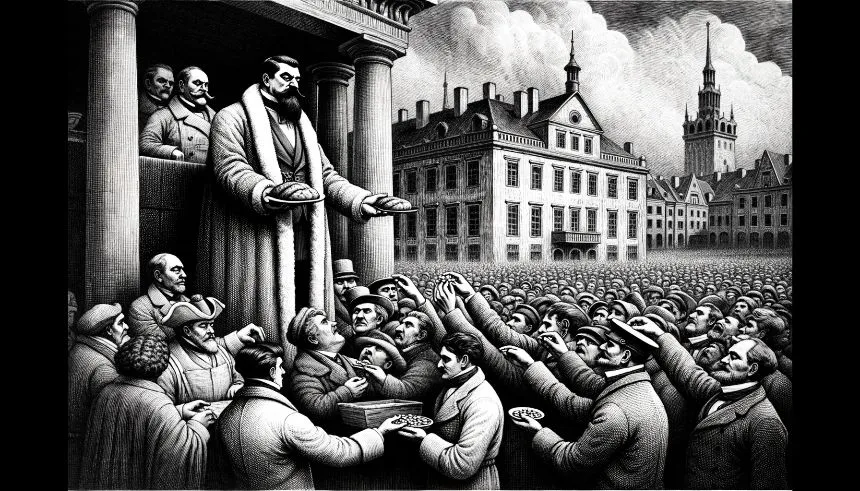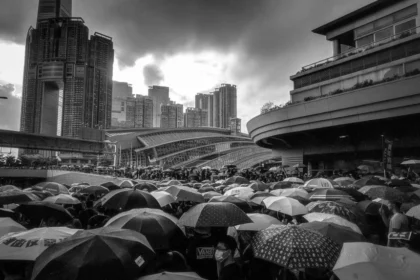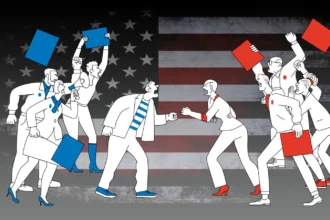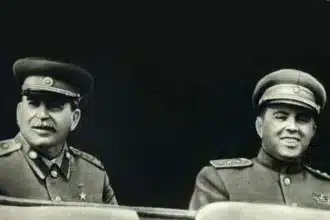Electoral Dynamics in autocratic regimes and post-conflict settings form the crux of a pivotal trilogy of books. This article dives deep into works by Sarah Zukerman Daly, Masaaki Higashijima, and Elvin Ong, each spotlighting unique facets of these electoral settings.
Daly explores how bloodstained parties often secure victory in postwar elections. Higashijima tackles the dilemmas dictators face when manipulating electoral and economic levers, while Ong focuses on the formation of opposition alliances in autocratic regimes. Collectively, these works provide a rich tapestry of insights, highlighting not just the dynamics but also the strategies influencing electoral outcomes.
The Role of Violence: Sarah Zukerman Daly’s “Violent Victors”
In Sarah Zukerman Daly’s “Violent Victors,” the role of violence in shaping electoral outcomes in post-conflict societies is dissected with acute attention to detail. Daly asserts that parties with violent histories often have a unique appeal to voters.
Citizens may prefer the stability provided by an autocrat to the uncertainties of a regime change.
Contrary to common belief, these parties are not necessarily preferred because they instill fear, but rather because they appear capable of delivering on promises, primarily due to their militant roots and hierarchical structures. These parties capitalize on their history to project an image of effectiveness and decisiveness, which resonates with a populace weary of instability and strife.
Daly introduces the notion of “credibility” as a vital electoral asset for such parties. Through exhaustive case studies, she shows that these “bloodstained parties” often maintain a coherent organizational structure, giving them an upper hand in managing public affairs. In a context where institutions are weak and governance is inconsistent, this credibility becomes a pivotal factor in swaying voters.
While Daly’s work offers a comprehensive view of this one dimension, it also serves as a launchpad for deeper questions. How can these bloodstained parties transition into legitimate political entities without forsaking their core structure? What mechanisms should be in place to ensure that their violent past does not corrupt future governance? Her work leaves the reader pondering these queries, thereby adding a layer of complexity to our understanding of electoral dynamics in post-conflict societies.
Autocratic Challenges: Masaaki Higashijima’s “The Dictator’s Dilemma at the Ballot Box”
Navigating the electoral landscape presents unique challenges for autocrats, a theme that Masaaki Higashijima meticulously explores in “The Dictator’s Dilemma at the Ballot Box.” Contrary to the view that autocrats are simply despots with a disregard for electoral processes, Higashijima introduces the concept of “manipulative skill” as a necessary tool for autocratic survival. His work delves into the strategies employed by these regimes to manipulate both electoral and economic variables to their advantage.
Electoral dynamics in both autocratic regimes and post-conflict societies are far from monolithic.
The book breaks down the notion that electoral manipulation is the sole tool available to autocrats. Instead, Higashijima argues that economic maneuvering, such as controlling inflation and unemployment, is equally vital for these regimes to maintain power. Manipulating these levers successfully involves a delicate balance, as any misstep could lead to social unrest and, ultimately, regime downfall.
Higashijima also tackles the subject of opposition forces, examining why they often fail to gain traction against an autocratic regime. Interestingly, he offers a nuanced analysis of how the “fear of chaos” prevents significant challenges to the established order, as citizens may prefer the stability provided by an autocrat to the uncertainties of a regime change.
This insightful work prompts further inquiry into the tools available to autocrats. Are there diminishing returns to manipulation over time? Can international scrutiny deter autocrats from electoral manipulation, and if so, to what extent? These questions remain, pushing the envelope for future research on this topic.
Electoral Alliances: Elvin Ong’s “Opposing Power”
The concept of opposition in autocratic regimes receives a thorough examination in Elvin Ong’s “Opposing Power: Building Opposition Alliances in Electoral Autocracies.” Ong pivots the discussion toward the mechanisms through which opposition parties can actually establish a meaningful challenge against the ruling regime.
Central to Ong’s argument is the notion of alliance-building among disparate opposition groups. He postulates that electoral autocracies give birth to fragmented opposition, which usually cannot present a significant threat individually. The crux of the matter lies in the ability to coalesce into a unified front. Ong employs case studies and empirical data to demonstrate how these alliances can tip the scales in favor of the opposition.
The book also delves into the role of international actors in shaping the dynamics of opposition alliances. Ong suggests that foreign involvement can serve as a catalyst, providing both material support and moral impetus for opposition groups. However, he also warns of the dangers of too much external influence, which can compromise the legitimacy of the opposition.
Lastly, Ong explores the psychological dimension of being an opposition member in an autocratic regime. The constant state of risk, with the looming threat of persecution, shapes not just political strategies but also individual choices. This adds a layer of complexity to the endeavor of alliance-building, as trust among opposition members becomes a valuable but elusive commodity.
Elvin Ong’s work on opposition alliances opens up new avenues for understanding the limitations and possibilities facing those who challenge autocratic regimes. It underscores the need for a multi-faceted strategy, one that goes beyond mere electoral calculus.
Electoral Dynamics: Concluding Insights
Drawing upon the perspectives offered in Sarah Zukerman Daly’s “Violent Victors,” Masaaki Higashijima’s “The Dictator’s Dilemma at the Ballot Box,” and Elvin Ong’s “Opposing Power,” it becomes evident that the electoral dynamics in both autocratic regimes and post-conflict societies are far from monolithic.
These works complement each other by providing a well-rounded understanding of the power dynamics in electoral processes. Daly shows us how parties with violent pasts leverage their history to secure electoral victories. Higashijima expands on the complexities of manipulation and control that autocrats must navigate. Finally, Ong explores the possibilities and limitations of opposition alliances in challenging autocratic rule.
By delving into these electoral dynamics, we gain not just theoretical knowledge but also practical insights that could be instrumental in fostering democratic transitions and mitigating electoral violence. The interplay of violence, manipulation, and opposition is as intricate as it is crucial to understanding modern electoral landscapes.
Adapted from an academic article for a wider audience, under license CC BY 4.0














